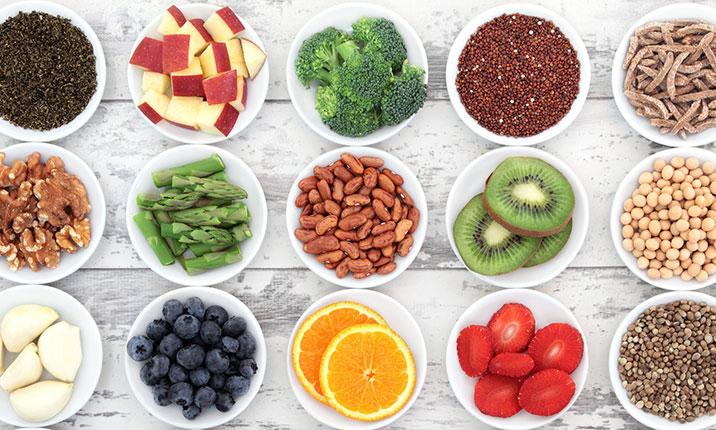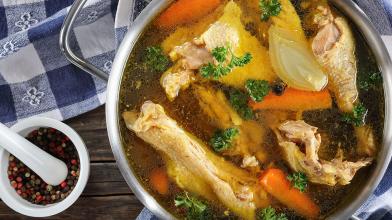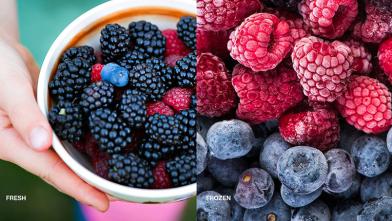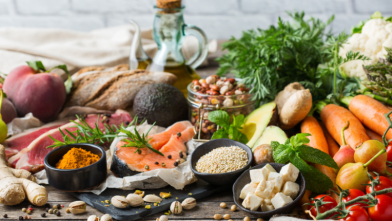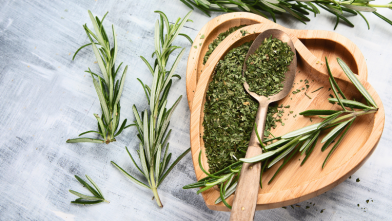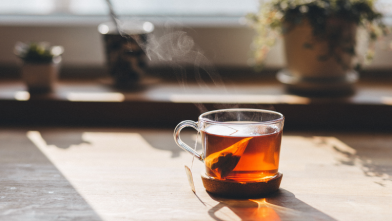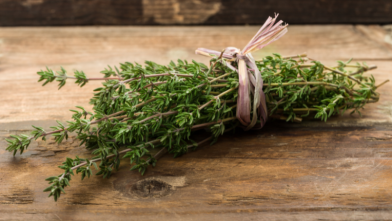Read any health magazine, listen to your favorite food podcast, or scroll through social media posts , and you’ll likely come across a list of “superfoods.” It’s a common term, but what’s a superfood? And can they help people manage diabetes?
What is a diabetes superfood?
There isn’t a standard definition of what a “superfood” is so the American Diabetes Association (ADA) talks about foods with “extra benefits” as “super star foods.” ”Super star foods” are rich in nutrients that can help manage diabetes or aren’t common in the standard American diet. Not surprisingly, most super star foods are fruits and veggies. They give you the best bang for your buck when it comes to nutrition. We’ve highlighted a few below, but don’t let this list limit you—try other veggies and fruits in your eating plan, too. And non-starchy veggies should be a focus since they make up one half of the Diabetes Plate!
Berries
Strawberries, blackberries, raspberries, blueberries, and cranberries—these little gems are packed with antioxidants and offer a sweet treat to your meals. Try adding them to your favorite smoothies, yogurt parfaits, or salads. Berries are also a good source of fiber and lower in carbs than other fruits. Enjoy them fresh, frozen (great in smoothies), or dried as a tasty snack.
Dark Leafy Greens
Spinach, collards, kale, romaine lettuce, mustard greens, watercress, and swiss chard are nutrient powerhouses that are low in carbohydrates and provide vitamin C, fiber, folic acid, potassium, magnesium, and iron. They are also very low in carbohydrate. Pair dark leafy greens with other super star foods to create delicious salads, sandwiches, pasta dishes, omelets, or soups.
Fish High in Omega-3 Fatty Acids
The ADA loves fish as a healthy protein option and recommends most people to eat fish at least twice per week. Some fish are packed with nutrients called omega-3 fatty acids, which play a role in heart and brain health. Choose fish that is broiled, baked, or grilled to avoid extra carbohydrates and calories that would be in fish that is breaded and fried. Fish and seafood high in omega-3 fatty acids include salmon, trout, sardines, anchovies, herring, Pacific oysters, and Atlantic and Pacific mackerel. In addition to healthy fats, fish also provide vitamin D and calcium.
Legumes: Beans, Peas, and Lentils
These budget-friendly plant-based proteins are a great choice at mealtime and snacks! Legumes also include bean-based foods like hummus, edamame, and soy products. For 1/2 cup of beans, keep in mind that you get about 15–20 grams of carbohydrate, but you also meet approximately 1/3 of your daily fiber needs. When you eat beans, you will also get a boost of magnesium, folate, potassium, and iron. To save time cooking, you can use canned beans. But be sure to drain and rinse them to get rid of as much added salt as possible. Choosing dry beans, peas, and legumes—they cost less and you can add your own flavor when you cook them.
Cruciferous Vegetables
Cruciferous veggies like cauliflower, brussels sprouts, cabbage, and bok choy, are rich in fiber, phytochemicals, vitamins and minerals, and lower in carbohydrates. Phytochemicals are compounds found in plants that are not vitamins and minerals, but have been associated with health benefits, such as reduced risk for cancer and heart disease.
The Takeaway
Informed food choices are key to your eating plan if you’re looking to prevent manage diabetes. Make purposeful decisions about the types of foods you eat and how you build your plate can help you reach your health goals. Adding more “super star foods” to your daily meals can help you take steps on your road to health!
Don’t forget to sign up for Diabetes Food Hub’s e-newsletter for diabetes-friendly ideas and recipes!
